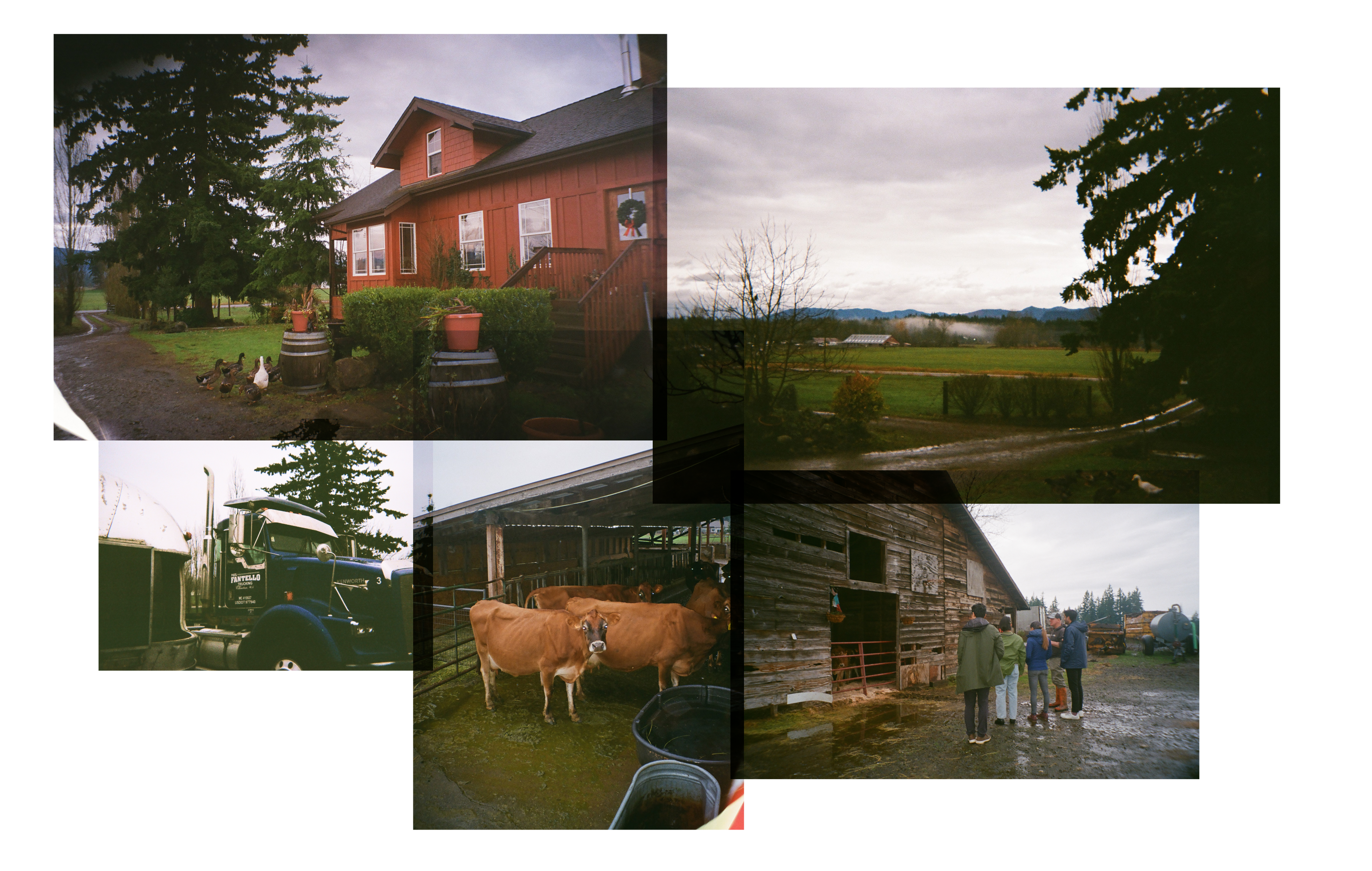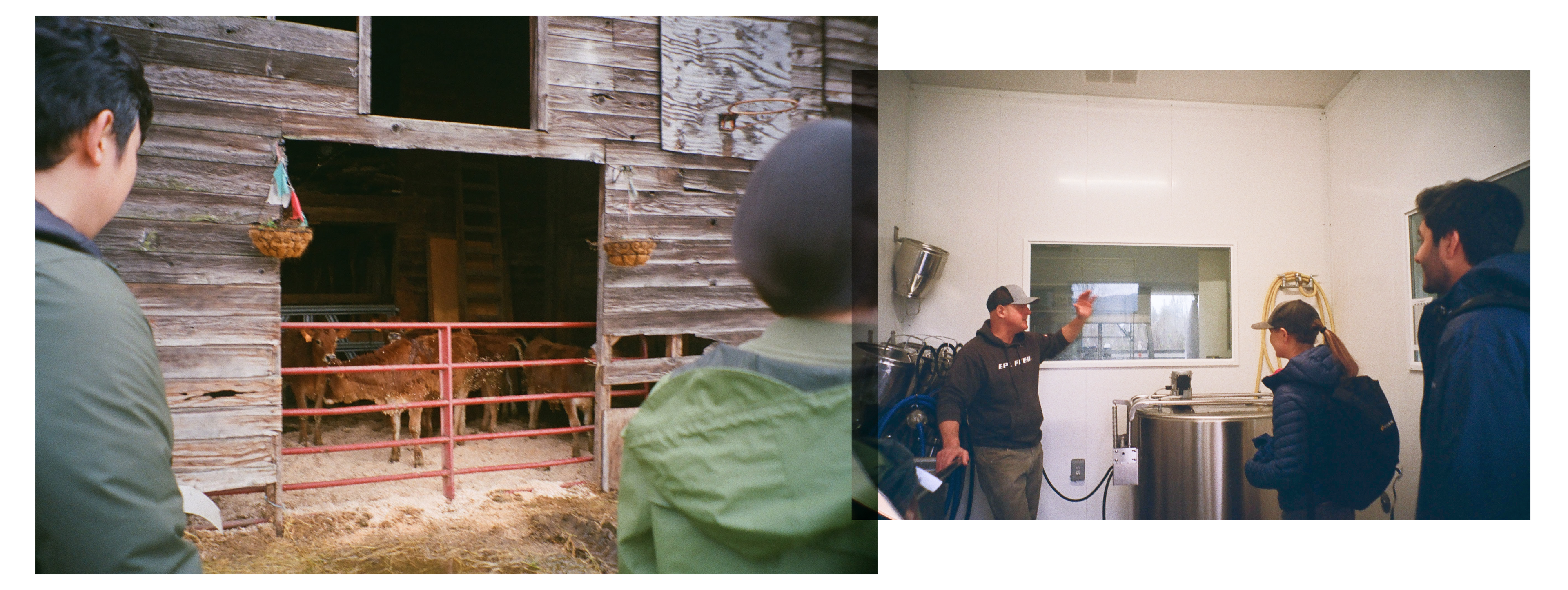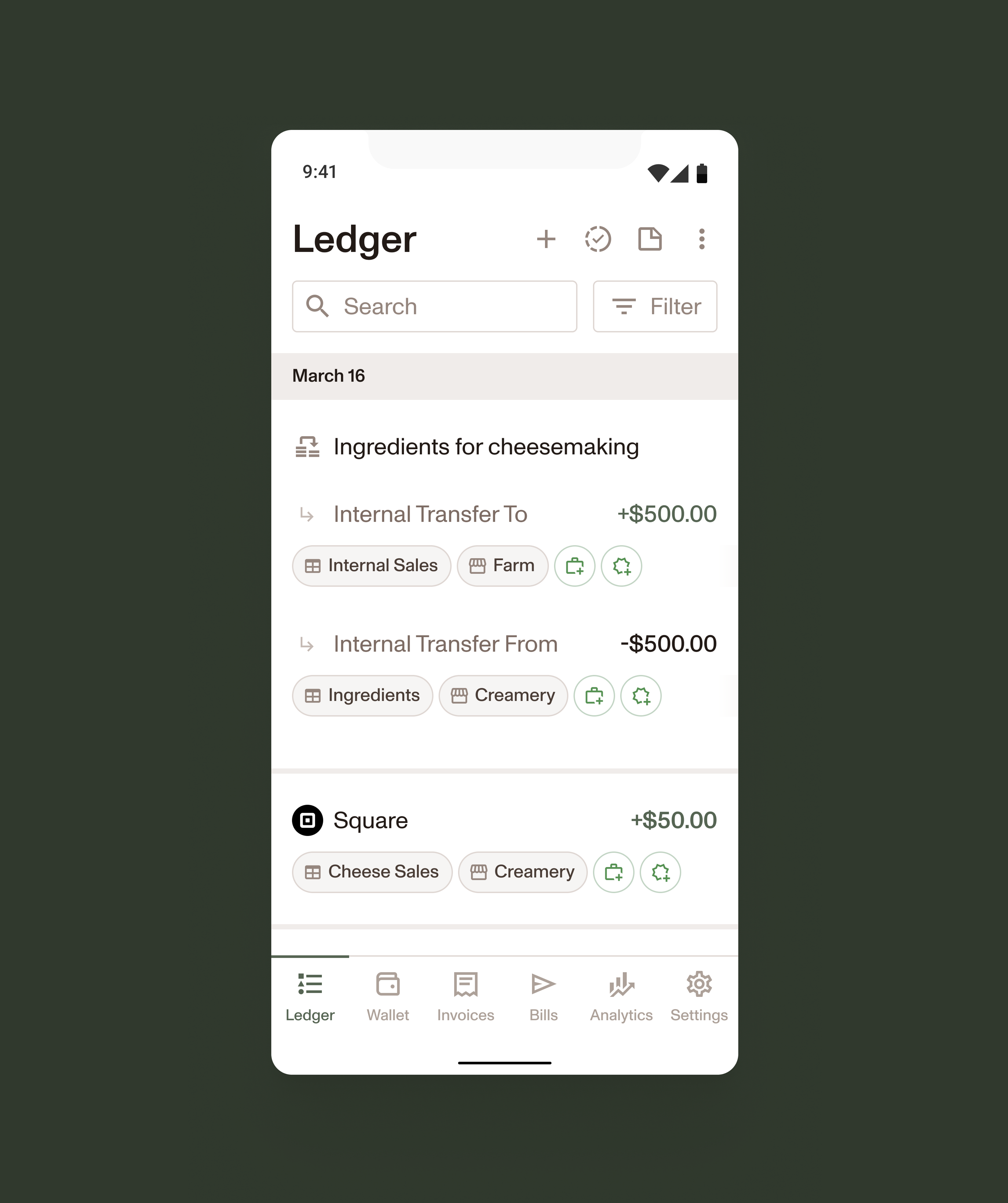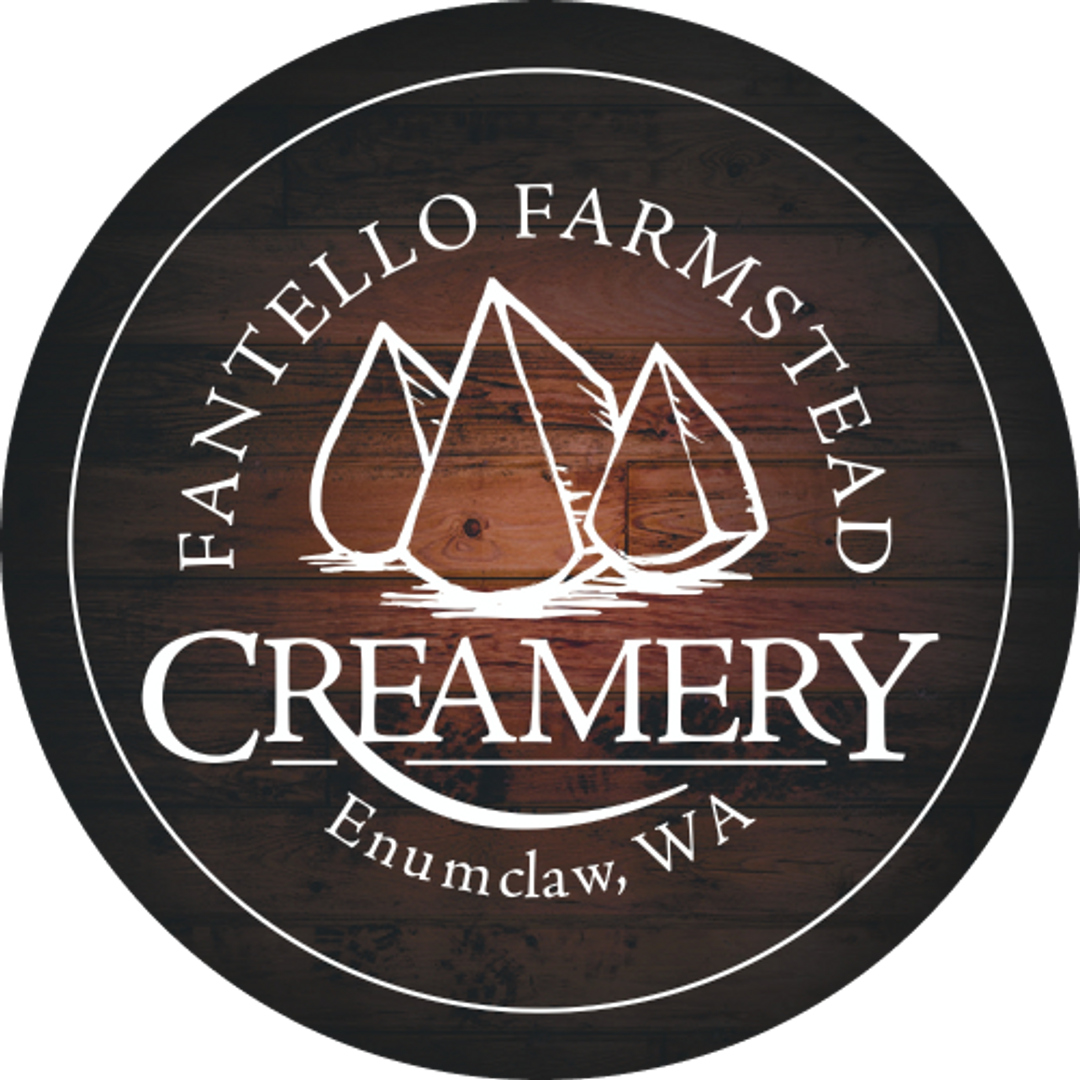Just south of Seattle in Enumclaw lies Fantello Farmstead Creamery, where the Fantello family has raised Jersey cows since 1941. Owner Paul grew up alongside his grandmother's Jersey cows, a breed known for their beautiful brown coats and for producing milk with a high butterfat content. It’s the perfect milk for producing high-quality cheese.
Paul had this realization after hauling freight to local creameries for his trucking business. He knew he could do the same while honoring his grandmother’s legacy by raising and milking Jersey cows. In 2015, Paul and his business partner, Patricia, attended a French cheese making course in Cheniers, France. They spent the next two years getting the equipment, and another year of trial and error to translate what they had learned in Cheniers into their own Camembert and Raclette cheeses to sell locally. Paul still uses the milking parlor his grandmother built in 1941 and maintains the same high standards for his Jersey cows. He built his farm-to-cheese model on the French concept of terroir — that the flavor of the cheese stems from the specifics of their land and cows.

Because small-batch cheese production relies on the daily transformation of raw milk into cheese or butter, this rhythm left little time for Paul to analyze his business. He knows what it would cost him to buy milk from someone else to produce the cheese, but he wanted to better understand his own costs for milk production. This would help to ensure his cheese is priced to cover the cost of the premium milk he produces and to identify opportunities to reduce costs for his milking operation.
Tracking Enterprise Profitability: Before and After Ambrook
Before Ambrook, Paul manually tracked expenses for taxes. He sent categorized expenses to his accountant every year and submitted receipts at the local post office for the competitive Value-Added Producer Grant. This system worked for taxes but lacked the visibility needed to deeply understand his business. How much was it costing him to produce his milk himself for his cheese, instead of buying it from someone else? And how could he continue to improve?

With Ambrook, Paul can tag all of his transactions to the right categories for taxes while also answering critical questions about his business. Enterprises, a feature in Ambrook, allows him to track different product lines that operate under the same business. Paul now tags all of his expenses for raising his Jersey cows under his Farm enterprise, and tags expenses for the cheese he produces to his Creamery enterprise. This has allowed him for the first time to see the cost of producing the milk separately from cheese production. By “selling” the milk his farm produces to the creamery – an action represented by a special Ambrook feature called an Internal Transfer – he can see where he’s making or losing money and adjust accordingly.

Increased visibility into his business and simplified bookkeeping is allowing Paul to spend more time integrating new conservation practices, including cover crops and riparian buffers that will leave his land “better than he found it”. As he adds more of these practices, he will be able to see his cost structure change and track the conservation grants he receives to implement them, all within Ambrook. He has already noticed that hay has become more expensive and drives up his milk’s cost per gallon, and he hopes to use the cover crops he’s growing to provide forage for his cows. Gaining visibility into his current hay costs in Ambrook while tracking the cost to plant cover crops will make it easy to get a clear picture of the profitability impact of conservation practices. Equipped with these tools, Paul can make decisions that improve his bottom line while stewarding the land for future generations, honoring his grandmother’s legacy.
Ready to know your unit economics?
Get Started


